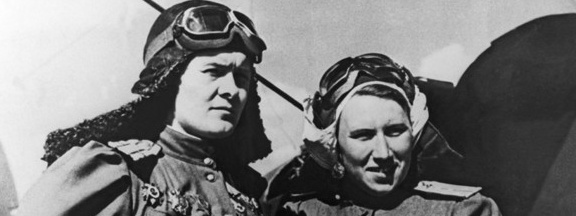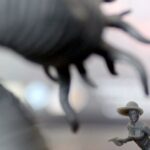Speech 7: Research Your Topic. The seventh speech of the Toastmasters Competent Communicator program is meant to help me address the importance of backing up my arguments with evidence, and touches on the types of evidence to use.
Earlier this year, video game publisher Electronic Arts announced Battlefield V, the 12th game in the Battlefield franchise. This is the box art for some of the more popular titles. Do you notice anything about these? Not a woman in sight, just dudes and tanks.
Anyone here who plays these games or follows video games in general probably heard about the kerfuffle caused by this year’s cover art. It’s a woman. A woman with a gun who looks like she can handle herself. And the male portion of the internet lost its mind.
These are just a few of the ugly things posted on Twitter under the hashtag not my battlefield. Once you’ve seen these three you’ve seen them all: hateful, sexist commentary about how the game isn’t historically accurate because quote, “there were no girls in World War II.” I could rant about this for hours, but I only have a few minutes, so I’ll stick to the most critical flaw in these folks’ logic: there were women in World War II.
Let’s start with the obvious. By 1943 the U.S. aircraft industry employed over 300,000 female workers. The government needed so much help creating ammunition that they promoted the now-famous “Rosie the Riveter” campaign specifically to recruit women.
What about nurses? Nearly 60,000 women served in the Army Nurse Corps. They operated in field and evacuation hospitals, on hospital trains and ships, even on medical transport planes. Thanks to these women, many of whom worked under incredible pressure and even direct enemy fire, fewer than 4% of the American soldiers who received medical care in the field or were evacuated died from wounds or disease.
These accomplishments — building the planes that took soldiers overseas and working on the ships that brought the wounded home — should be enough to consider women an incalculable force in World War II. But we were just getting started.
This is a picture of Oak Ridge, Tennessee in the early 1940s. It’s about 20 miles west of Knoxville. It doesn’t look like much, but at the height of the war it was using more electricity than New York City, and was home to more than 75,000 people — many of them women.
What were they doing there? On the face of things, not a lot. They toggled switches, checked pipes for leaks, and conducted experiments. It was only in August 1945, after the bombing of Hiroshima, that they learned they had been helping enrich the uranium and plutonium used in the world’s first atomic bomb. Hundreds of thousands of people were disintegrated in Hiroshima and Nagasaki, and it brought an end to the war. The women who participated in the Manhattan Project in Tennessee and elsewhere spent the rest of their lives trying to come to terms with what their work had wrought.
Not all of World War II’s heroines were American. Dozens of women worked as spies, saboteurs, and assassins in British Prime Minister Winston Churchill’s secret organization, the Special Operations Executive. Members of SOE went behind enemy lines to aid resistance fighters and cause chaos for the Axis powers. Many of them were killed in action or captured and later murdered in places like Dachau and Bergen-Belsen.
This is one of SOE’s most famous female members, Nancy Wake, aka “The White Mouse.” Her work with the French Resistance was so effective that in 1943 she became the Gestapo’s most-wanted person, with a five-million franc bounty on her head. She fled to England, joined the SOE, then parachuted back into France. From then until her country’s liberation, she and the more than 7,000 resistance fighters she led thwarted the Germans at every turn. She is World War II’s most decorated servicewoman.
The Soviets were no slouches either. When their country was invaded, over 2,000 women became sharpshooters. They all did incredible things, please read about them, but the most notorious was Lyudmila Pavlichenko, otherwise known as “Lady Death.” In less than a year of combat, she made 309 confirmed kills, 36 of which were enemy snipers. She is one of the deadliest snipers in history. “We mowed down Hitlerites like ripe grain,” she said in 1942.
Last, and quite possibly my favorite, are these women. This is just two of the 261 members of the Soviets’ all-female Night Bomber Regiment. Throughout the war they clocked over 28,000 flight hours, dropping both supplies and bombs. They flew slow wood-and-canvas biplanes and used the insane tactic of idling their engines mid-air as they approached their target and gliding to the bomb release point. They’d drop the bomb, kick their engine back on, and head into the night with only the wind noise left to reveal their location. German soldiers said they sounded like broomsticks, so they called them Nachthexen, or Night Witches. 32 of the 261 died before the end of the war.
Not only were these and countless other women involved in World War II, they actively helped turn the tide against the Axis powers. General Dwight D. Eisenhower, Supreme Commander of the Allied Forces in Europe, said that womens’ contributions were absolutely necessary to winning the war.
Almost 350,000 American women served their country in uniform; throughout the world, hundreds of thousands more fought and died in the same fields as their male counterparts. Please learn about them and share their stories. We would not be where we are today without them.






